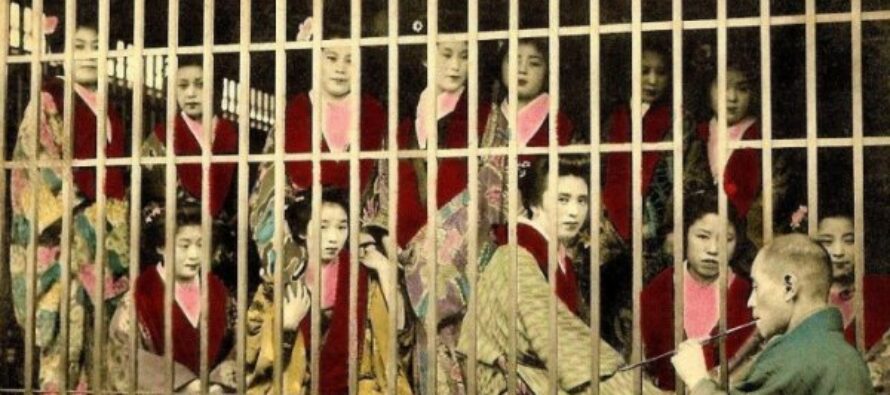The Global Trade Union Alliance to Combat Forced Labour and Trafficking Launches New Report

![]()
A new ITUC publication released today details the extent of slavery and other forms of forced labour around the world, and sets out practical steps that trade unions can take to boost the global drive to help the more than 12 million people trapped in the different kinds of forced labour.
The publication, “How to Combat Forced Labour and Trafficking”, gives examples of some of the most prevalent and severe forms of the practice, ranging from bonded labour in Nepal, child trafficking in West Africa, severe exploitation of farm workers in Italy through to organising indigenous workers in the wood industry in Peru to free them from forced labour. It points to the hidden and isolated nature of the work done by those affected, and the ease with which many of those responsible are able to get avoid detection and prosecution. It also highlights the situation of many domestic workers in particular, showing how trade unions can help to protect them through lobbying, advocacy and awareness raising and campaigning, and by offering services and assistance and organising domestic workers into trade unions.
A “world forced-labour map” produced with the report shows the state of ratification of ILO Conventions 29 and 105 on forced labour, explains the most prevalent issues per region and highlights some of the trade union activities already undertaken to fight forced labour. The Global Trade Union Alliance, which is hosted by the ITUC, also provides quarterly updates on trade union activities on the issue through a newsletter which is available to those who sign up to receive it.
“Globalisation and the growing gap between rich and poor countries have boosted migration for work, and with restrictive migration regulations in place, much of it is clandestine and abusive. During centuries past, European ships provided colonial settlements in the Americas with African slaves. Today there are labour brokers who are supplying industrialised labour markets with workers from the developing world who are forced to accept any terms and conditions of transportation and work. Trafficking of workers is the third biggest business for organised crime after the drugs and arms trade,” explains ITUC General Secretary Guy Ryder.
“The international trade union movement has had an historic role in combating forced labour through abolitionist legislation and international law, organising, social dialogue, and direct assistance. In practice, even though the numbers of forced labourers have significantly decreased, the ending of slavery is still not a reality. The entire global community needs to do much more,” he added.
Related Articles
CIADI: a propósito de la denuncia por parte de Honduras de la Convención de Washington
![]()
Desde el 24 de febrero, Honduras ha procedido a notificar su intención de retirarse de la Convención de Washington que creó el Centro Internacional de Arreglo de Disputas entre Estado e Inversionista Extranjero (CIADI) de 1965
What Direction for Labor?
![]()
At the AFL-CIO Convention, Leaders Ask The acknowledgment of Labor’s existential crisis and the recognition that something must be done
Informe Anual de la CSI: fueron 101 sindicalistas asesinados en el 2009
![]()
El Informe Anual de la CSI sobre los derechos sindicales documenta un impresionante incremento en el número de sindicalistas asesinados




